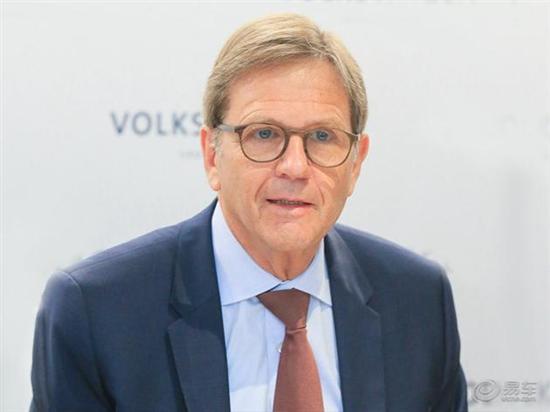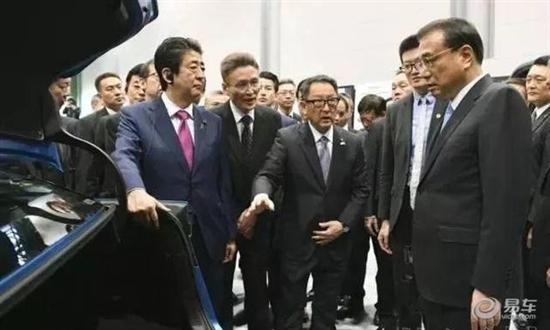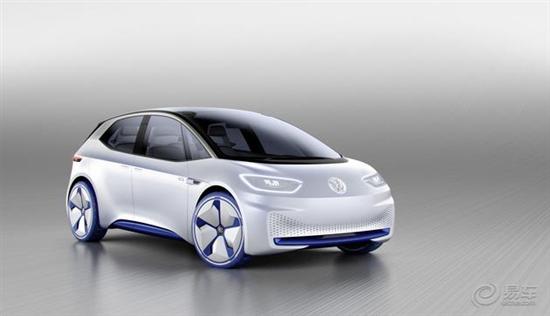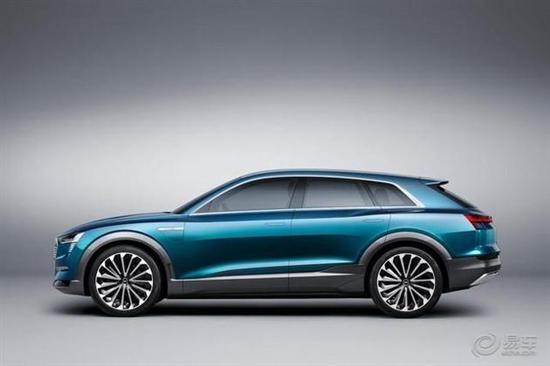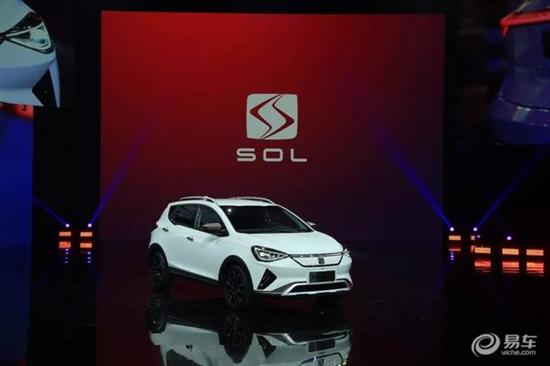The direction of China's new energy vehicles has changed? On May 11, Premier Li Keqiang visited Japan and visited the Toyota Hokkaido Plant. Soon, a photo of Prime Minister Ke Qiang in front of the Toyota fuel cell vehicle Mirai was widely circulated. Recently, there was news that Wan Gang, the Vice Chairman of the National Committee of the Chinese People's Political Consultative Conference, was investigating fuel cell vehicles in Shandong... In response, some speculated that the direction of China's new energy sources has not changed? Is China's new energy market really going from electric vehicles to fuel cell vehicles? How do car companies look at the development prospects of fuel cell vehicles? On May 16, Lithium-Titanium traveled at the Volkswagen Group (China) Corporate Responsibility Media Communication Meeting and interviewed Professor Hezmann, President and CEO of Volkswagen Group (China). For the recent dispute over the new energy route, he said that apart from buses and trucks traveling on fixed routes, he is not optimistic about the development of hydrogen fuel cell vehicles in China. Not very optimistic about fuel cell vehicles In the past two years, when it comes to new energy vehicles, everyone seems to have defaulted to hybrids, plug-in hybrids, and pure electric vehicles. However, in Japan, Toyota's Mirai and Honda's CLARITY have reduced the cost of fuel cell vehicles to near the level of ordinary fuel vehicles. In China, the development of fuel cell vehicles has never stopped from industrial policy to corporate R&D. Toyota's Mirai In May 2016, the CPC Central Committee and the State Council issued the "Outline of the National Innovation Driven Development Strategy" and expressed that it is necessary to "develop new generation energy technologies such as hydrogen and fuel cells." In 2018, under the trend of accelerated subsidies for new energy vehicles, China will continue to maintain subsidies for fuel cell vehicles. In this context, a small number of car companies such as Great Wall Motors stated clearly that they will vigorously develop fuel cell vehicles. The reason is that hydrogen fuel is cleaner and easy to obtain; while a large part of China's electricity comes from thermal power plants and there is pollution in the power generation process. In response, Heinzmann said that hydrogen fuel cell vehicles are difficult to develop in the Chinese market. “When it comes to the development of new energy vehicles, I would like to emphasize again that we must look at the issue in a holistic and integrated manner. When we talk about new energy vehicles, the focus of our primary discussion is often on environmental protection and sustainable development. Of course, this is correct, but We need to consider the issue more comprehensively and comprehensively. For example, where is the new energy vehicle produced under what conditions, how is the battery produced, and what is the level of infrastructure? According to Heitzman, the construction of charging stations across China is already an expensive investment. In the future, the construction of charging networks will continue for a long time. During this period, large-scale construction of hydrogen refueling stations will be implemented. Not too possible. Heinzmann's view is also consistent with the views of many domestic scholars. Yin Chengliang, director of the Intelligent Networking Electric Vehicle Innovation Center at Shanghai Jiaotong University, once stated that the capital needed to build the upstream and downstream systems of the hydrogen refueling station is 10 times more than that of the existing gas station system because the infrastructure at the front end of the gas station is ready-made. The power plant at the front of the charging station is also mature, but the fuel cell infrastructure is now all zero from beginning to end. Because of this, it is difficult for China to support three energy supply systems (pure electricity, plug-in and fuel cells) at the same time, which means that it is difficult for hydrogen fuel cell vehicles to be commercialized on a large scale. "Immediately optimistic about plug-in hybrid and pure electric vehicles" Unlike Japanese car makers that generally value the development of fuel cell vehicles, Volkswagen has put a pause button on the development of fuel cell vehicles and instead focused on the development of hybrid and pure electric vehicles. A few days ago, Volkswagen's new CEO, Dee, soon announced at the group's annual meeting that the company plans to sell 3 million pure electric vehicles every year until 2025. Volkswagen’s Audi brand plans to make electric and plug-in before this deadline. The annual sales of electric hybrid vehicles have reached 800,000. By 2030, the entire Volkswagen Group’s entire lineup will be electrified. In the Chinese market, Volkswagen Group (China) announced that it plans to invest more than 10 billion Euros in China's electric mobility field by 2025 and launch nearly 40 new energy vehicles. Heizmann said that by the year 2025, 1.5 million new energy vehicles will be delivered. In the next 7 to 8 years, Volkswagen will introduce nearly 40 locally-produced brand-new new energy vehicles in China. Volkswagen new energy concept car FAW-Volkswagen Audi sales division has also clearly communicated to the outside world the determination of Audi's electrification: "We will release 7 new energy models by 2020. This includes Audi's first domestic electric SUV, and its mileage can be It reaches 500 kilometers." Audi pure electric SUV In addition, Volkswagen and Jianghuai jointly created the first product, Si Hao E20X will be released on May 24, is expected to be listed during the year. Sihao E20X will open the prelude to the Volkswagen Group's production of new energy vehicles in China. JAC Volkswagen SiShou first model Heizmann said, "In the near future, plug-in hybrid new energy vehicles are more realistic and feasible as a new energy vehicle technology. Because plug-in hybrid vehicles can achieve pure electric driving in an environmentally friendly way in the city, charging at present. With the infrastructure not yet fully deployed, the power model can also be switched to the traditional model. However, in the medium and long term, there will be more pure electric vehicles on the road." In addition to the introduction of e-Golf, Audi pure electric SUV and other new energy models, the public is also active in the layout of the upper and lower. It is understood that the Volkswagen Group has signed orders worth 25 billion U.S. dollars worth of electric car batteries and parts, including China's battery giant Ningde era. In addition, the public and Chinese travel giants are working together. According to reports, the Volkswagen Group is negotiating with Didi to build a joint venture to form a 100,000-scale shared travel team, of which 60,000 are Volkswagen brand new energy vehicles. The event on May 16th was a media communication meeting of the Volkswagen Group (China) Corporate Responsibility. Heinzmann did not forget the “early heart†of communication. He concluded by saying that the essence of the new energy vehicle strategy is sustainable development. For China, vigorously developing new energy vehicles is also part of the realization of sustainable development and a greener future. Professor Heitzman Visits Environmental Education Program Beach Ball,Inflatable Beach Ball,Giant Beach Ball,Mini Beach Balls P&D Plastic Manufacture Co., Ltd , https://www.jmpoolfloat.com